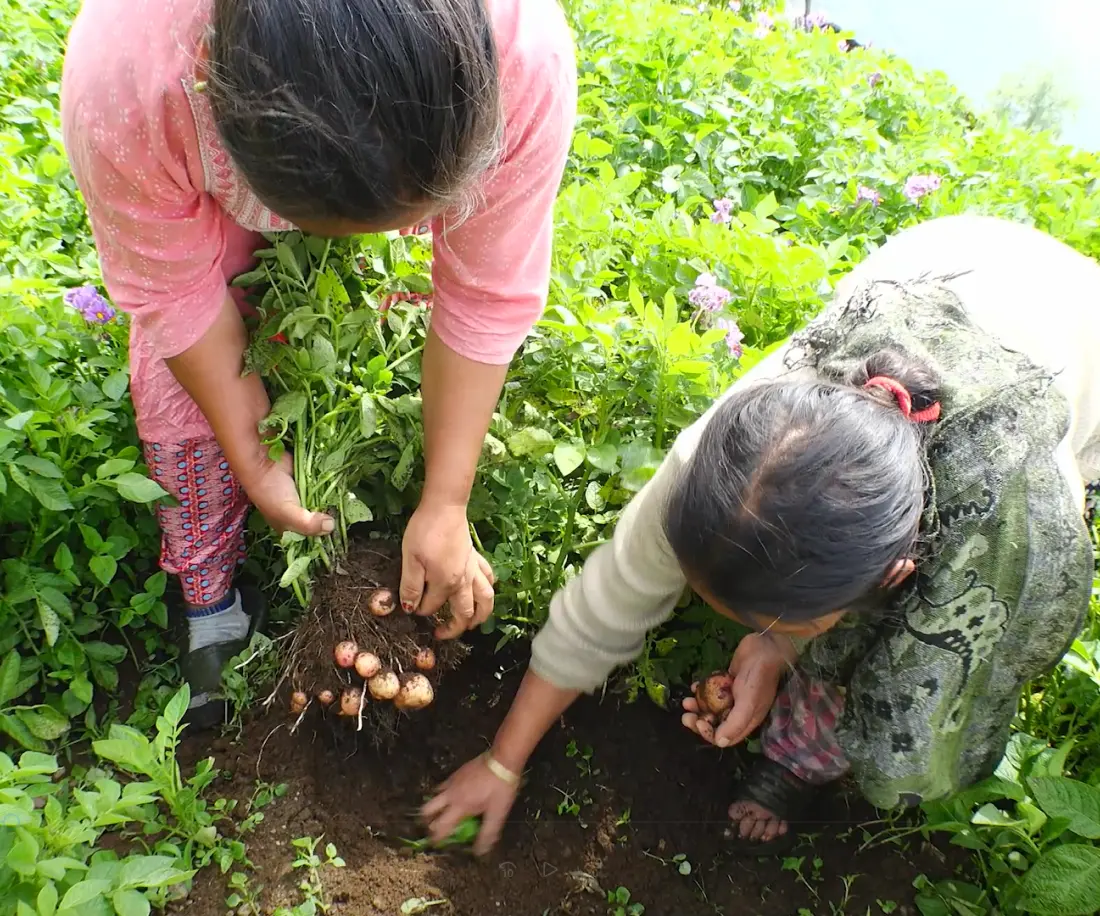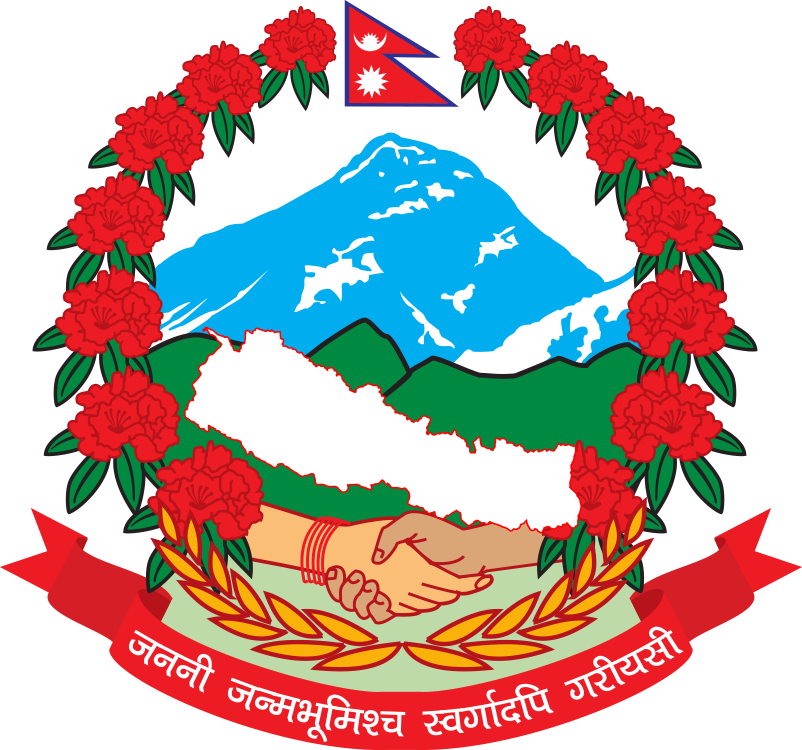


Agriculture in Nepal
Nepal’s agrifood system is deeply rooted in smallholder farming communities and subsistence agriculture, steadily transitioning towards more commercial and market-oriented practices. This dynamic system reflects the country’s diverse geography and climate, with agricultural production extending from the fertile Terai plains to the rugged highland slopes. Agriculture remains the economic backbone of Nepal, with 62% of the population relying on agrifood systems for their livelihood and contributing 24% to the national GDP. Major crops include staple grains like rice, maize, wheat, millet, and barley, while significant cash crops such as tea, coffee, large cardamom, and spices further enhance the sector’s economic impact and growth potential.
Building a Sustainable Future for Nepal’s Agriculture
-
Embracing Modern Technologies: Adopting new farming techniques and crop varieties to boost productivity and sustainability.
-
Enhancing Market Integration: Improving access to financial services and market information for better risk management.


Transforming Nepal’s Agrifood System
Nepal is shifting from subsistence to commercial agriculture, enhancing productivity while maintaining traditional practices.
Economic Impact of Agriculture
Agriculture supports 62% of Nepal’s population, contributing 24% to GDP with diverse crop and livestock production.
Innovative Solutions for Agrifood Challenges
Addressing market fluctuations and climate change through modern techniques, improved infrastructure, and international support.










